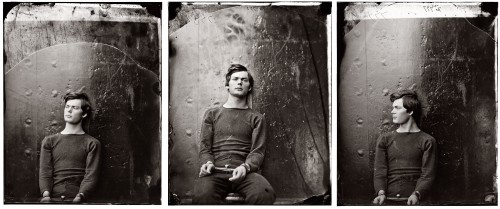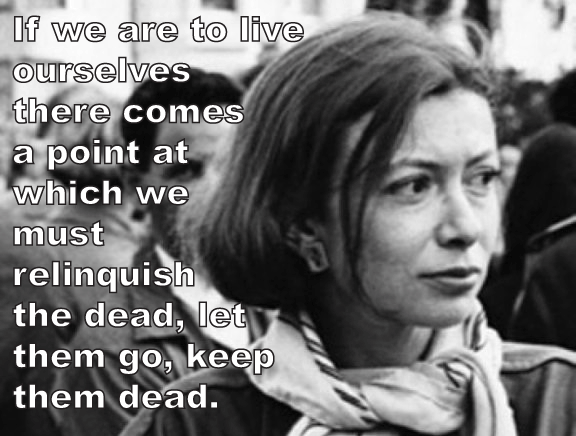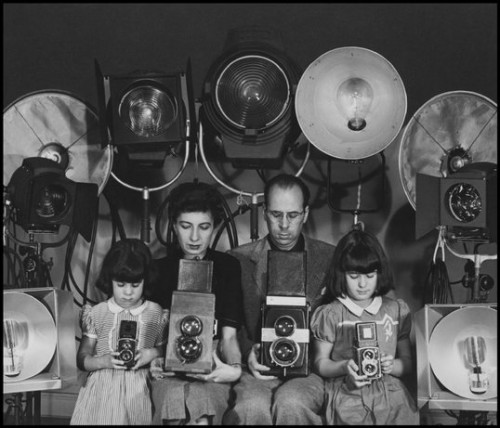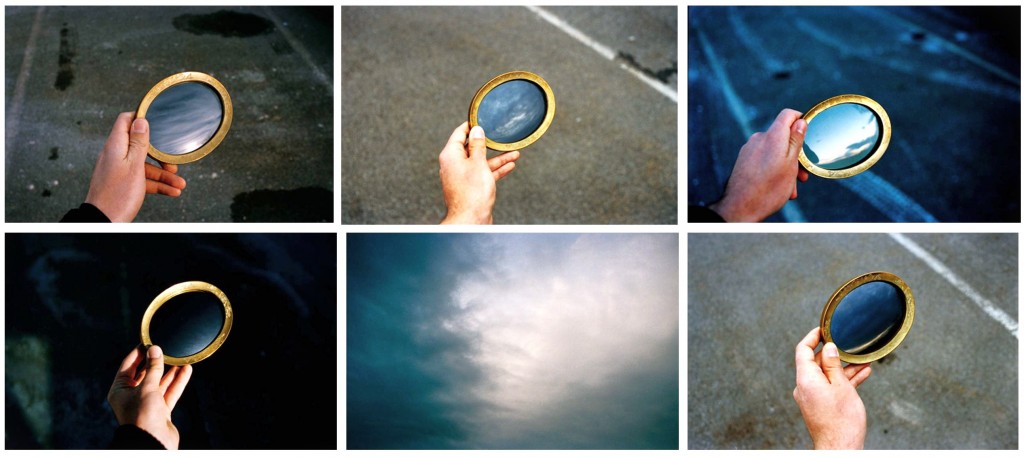
Go read “Dead And Going To Die”, a beautiful essay by Michael Sacasas posted today at The New Inquiry on the subjectivity expressed by people in old photographs. Part of why subjects look different in these images is they are expressing a different subjectivity to the camera lens. As the photographic gaze went from novelty to ubiquity, we’ve collectively oriented our selves to the camera differently. more...







